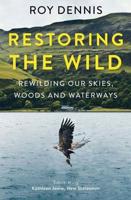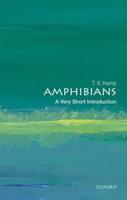Publisher's Synopsis
The structure and function of grasslands worldwide have been disrupted by habitat fragmentation, the removal of native grazers and altered ?re frequency (Samson and Knopf 1994). Such changes threaten the integrity of native grassland communities of plants and animals in many ways and at many levels (Janzen 1983; Collins 2000; Cully and Michaels 2000). Habitat fragmentation alters size, spacing and context of habitat patches, which can result in an increase in the local rate of extinction of plant and animal species by reducing fecundity, population size and colonization of species from similar habitats (Noss and Csuti 1992). Compounding the effects of fragm- tation, extirpation of ?re and loss of populations of native grazers can lead to encroachment of woody vegetation and loss of grassland (Leach and Givnish 1996; Collins et al. 1998). In addition to effects on plant communities, the use of prescribed ?re to enhance grasslands is of increasing relevance as regional losses, isolation and fragmentation of grasslands have led to corresponding declines in local population densities of many species of grassland-dependent birds (Askins 1993; Vickery et al. 1994). Ar- sensitive species in grasslands are especially vulnerable to these effects (Herkert 1994a, b) which can create speci?c physical, environmental and ecological changes (Yahner 1988) that lower habitat quality for area-sensitive species that have been historical specialists of grassland habitats.











